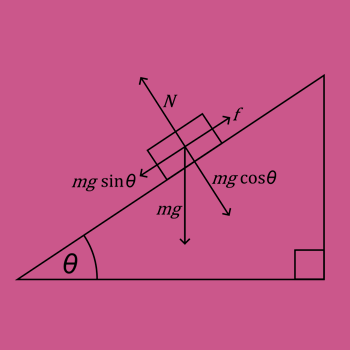f(t)=4sin(3t)
1) v(t)=(d)/dt (4sin(3t))
v(t)=12cos(3t) (velocity at time t)
Max speed is when f(t)=0. (equilibrium)
0=4sin(3t)
0=sin(3t)
To solve for t, find where sintheta=0 and divide by 3.
t=0, pi/3, (2pi)/3
Substitute any t into v(t).
v(0)=12cos(0)
v=12 (max speed)
2) f(t)=0
3) 0=12cos(3t)
0=cos(3t)
t=pi/6, pi/2 (velocity = 0)
4) f(pi/6)=4sin(pi/2)
f(pi/6)=4
f(pi/2)=4sin((3pi)/2)
f(pi/2)=-4
5) Direction changes when v(t)=0 and the sign of v(t) changes.
v(t)=0 at t=pi/6, pi/2
Check sign before and after t=pi/6, pi/2.
v(0)=12cos(0)
v(0)=+12
v(pi/4)=12cos((3pi)/4)
v(pi/4)=-6sqrt(2)
v(pi)=12cos(3pi)
v(pi)=-12
Velocity changes sign at t=pi/6, therefore the spring changes direction at t=pi/6.

